UAL Level 3 Extended Diploma in Art and Design Final Major Project, Merit grade.
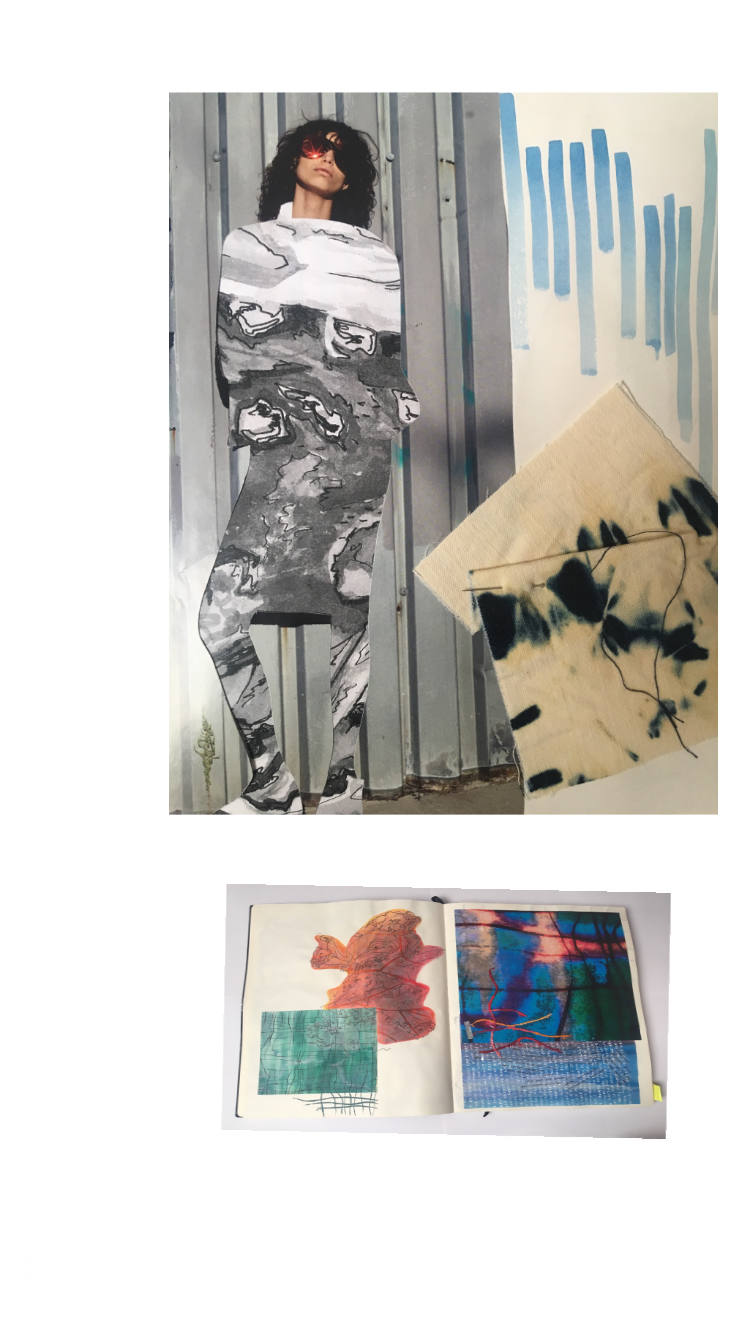
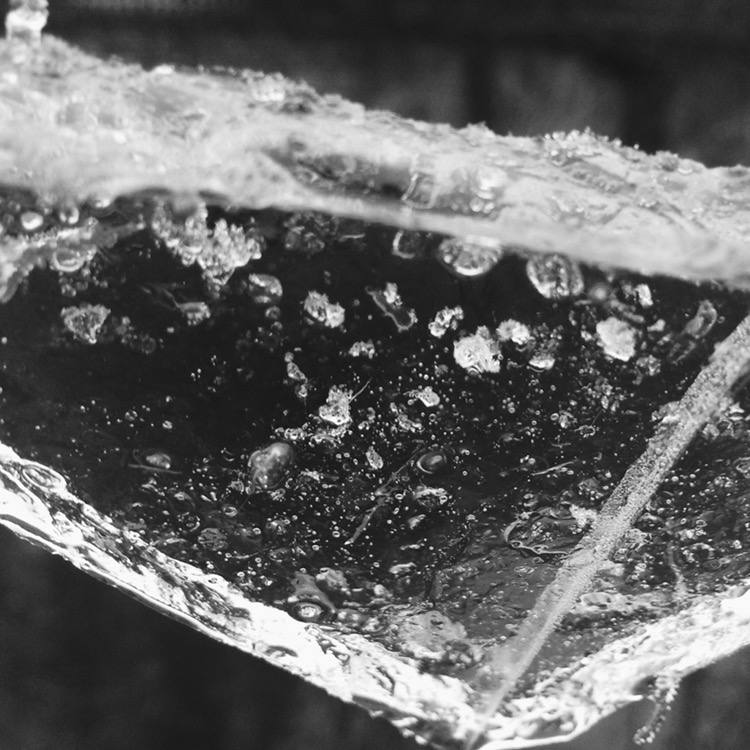
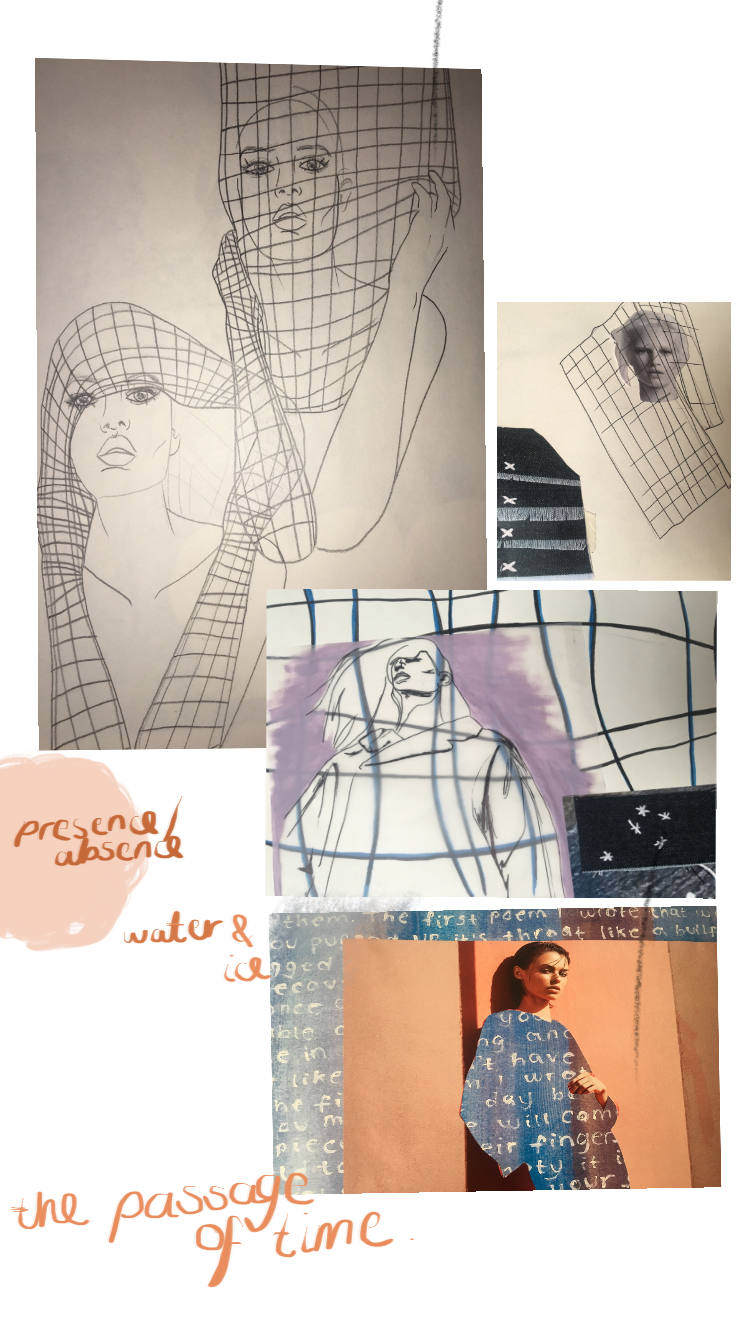
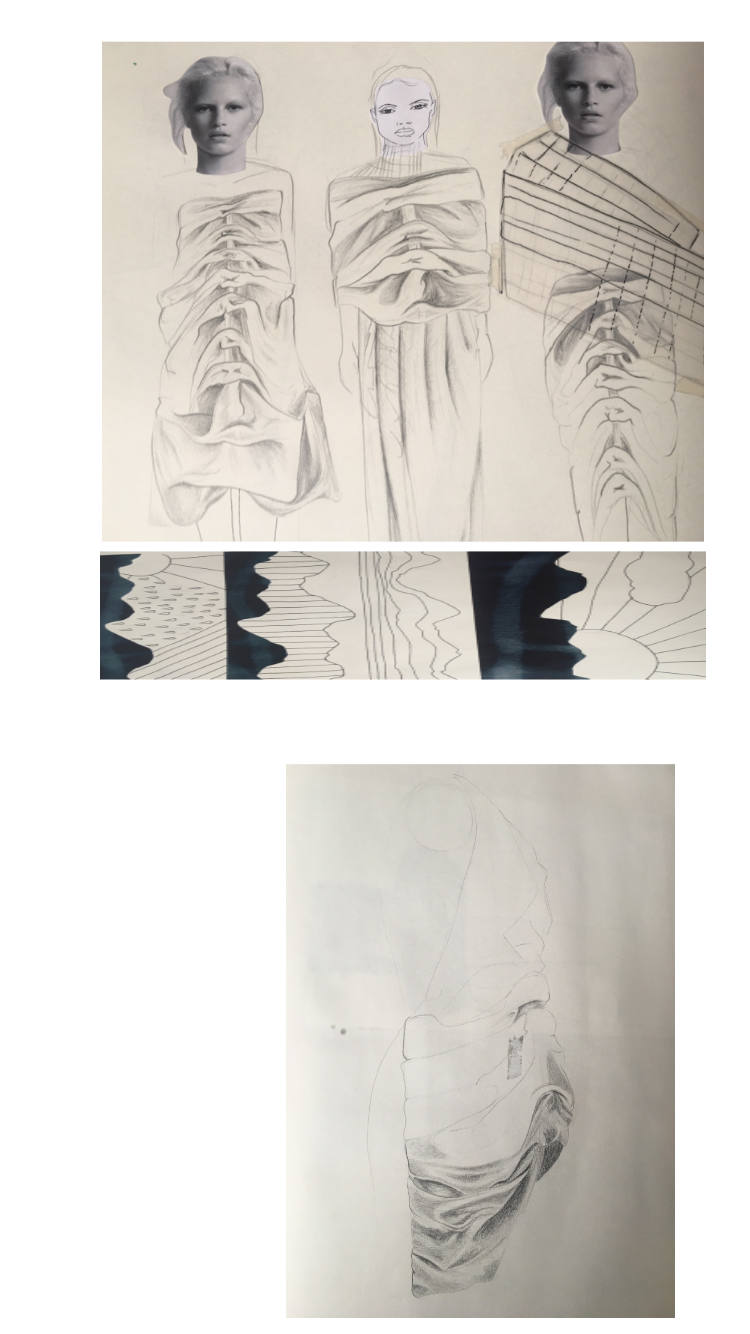
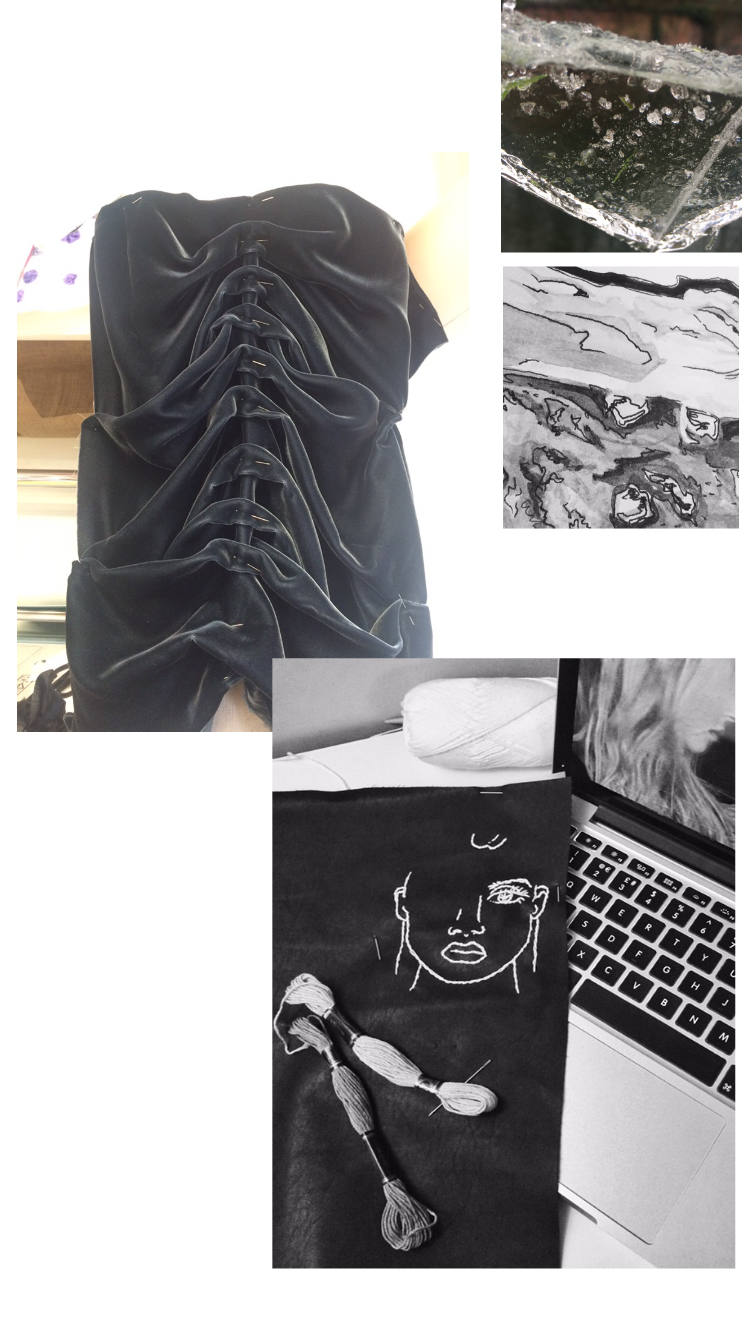
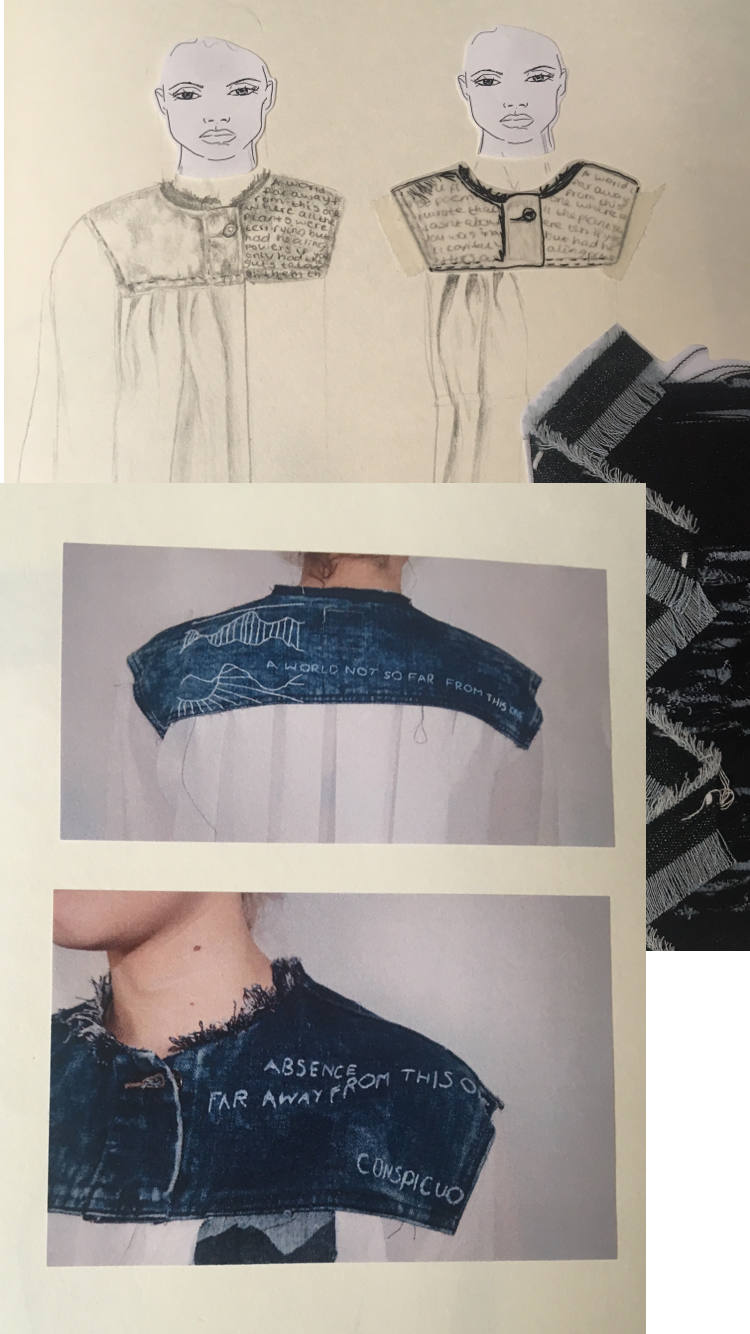
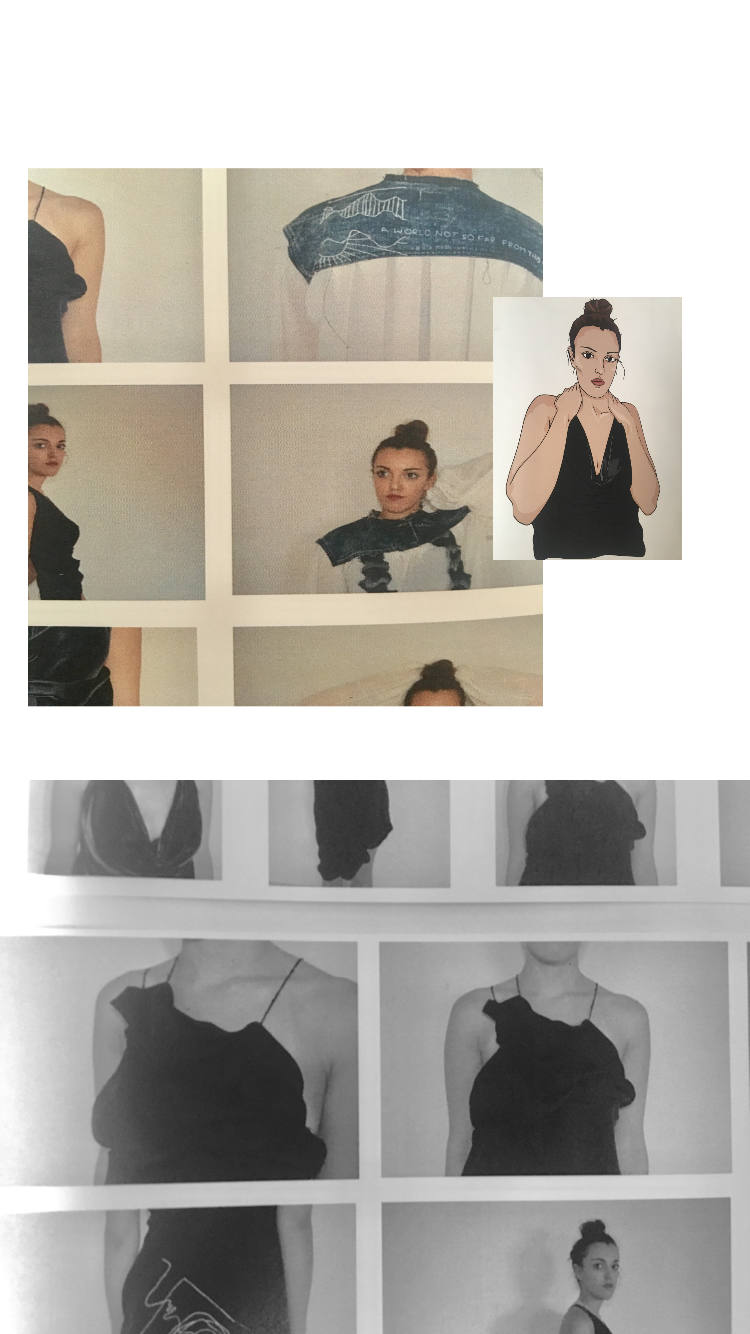
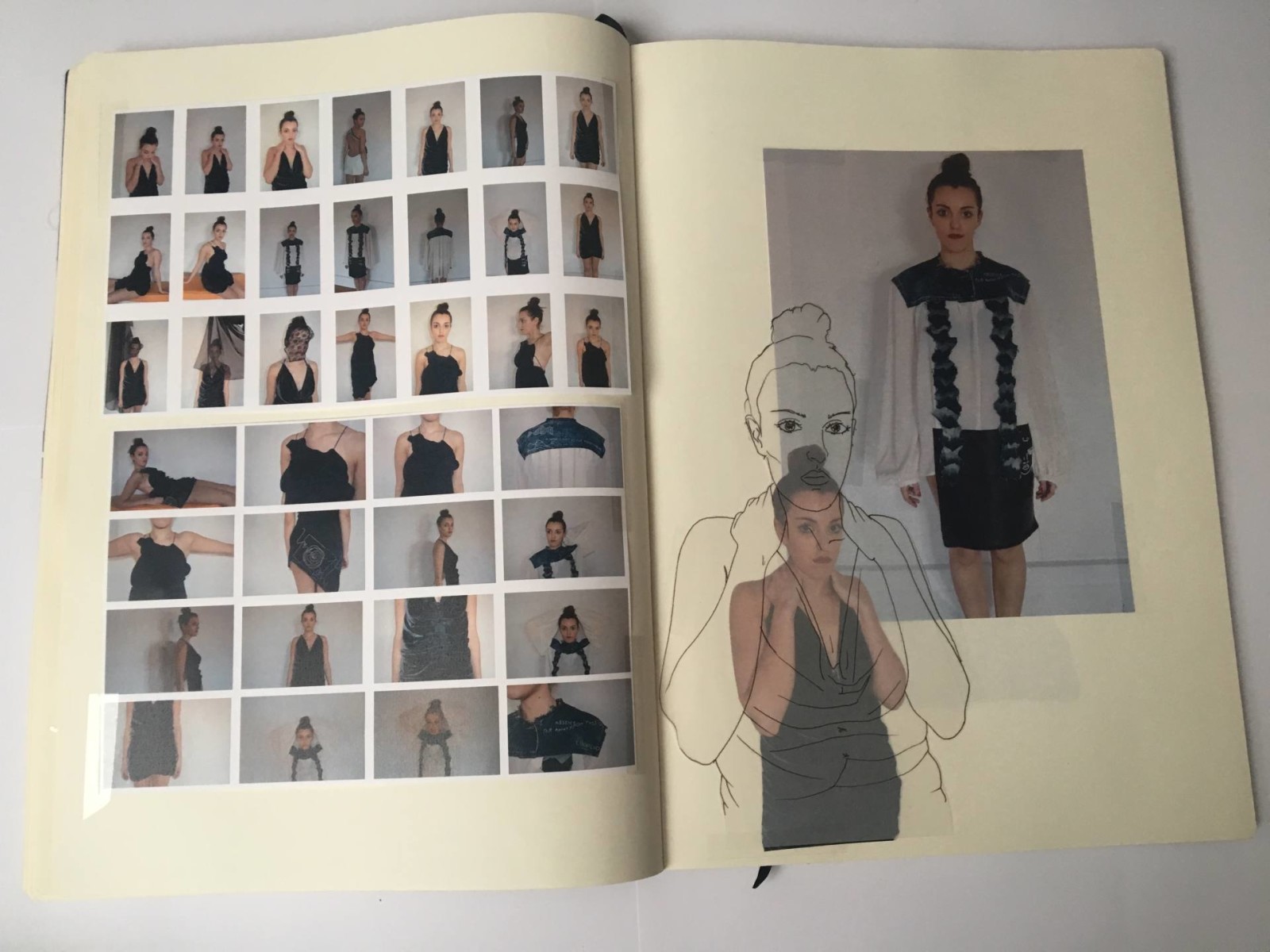
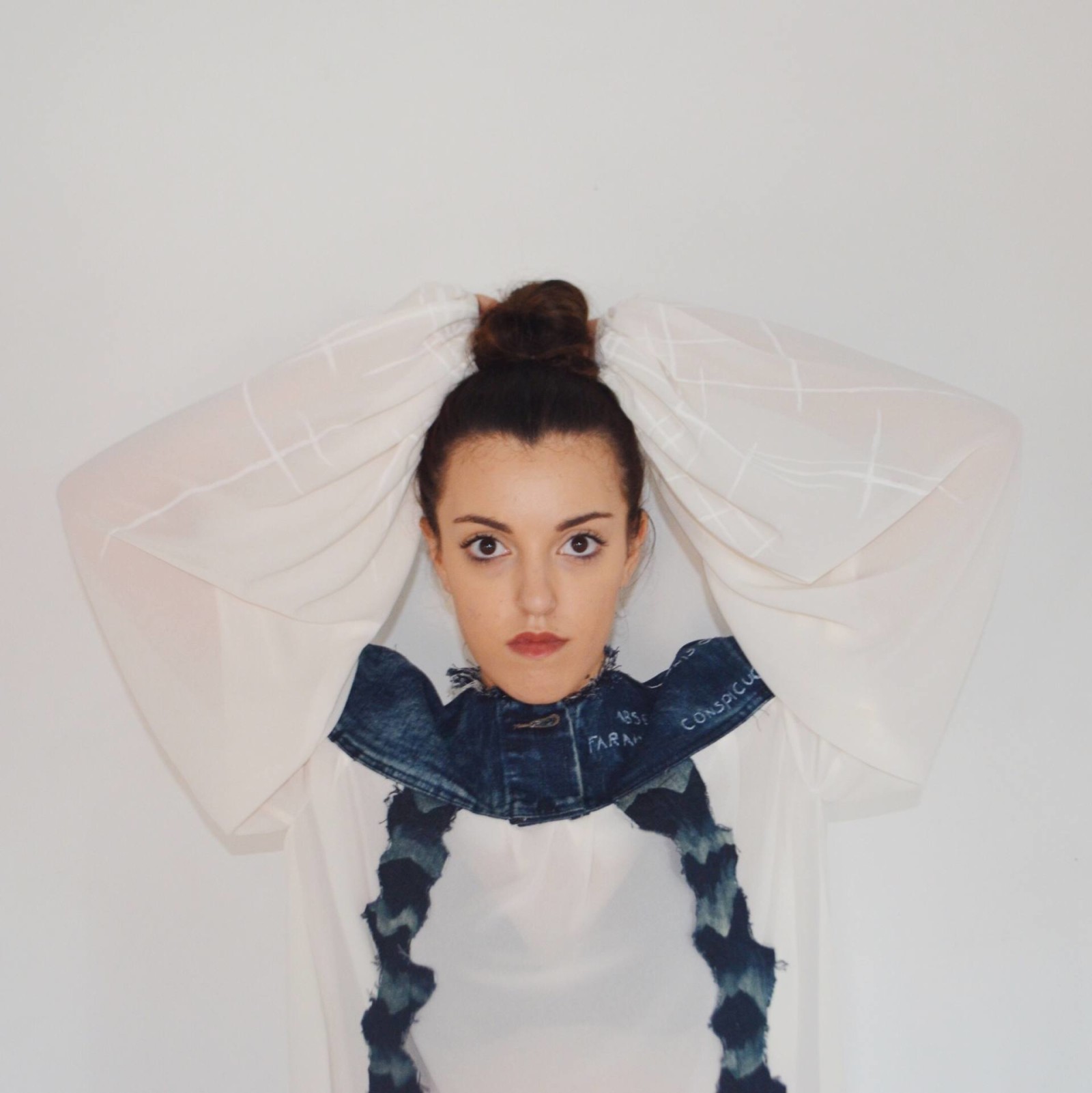
Project Evaluation
Through this project I set out to communicate the rapid detrimental change of vital areas of the earth through a collection of garments made from upcycled fabrics. I gave myself the theoretical brief of working as a junior designer for Faustine Steinmetz in collaboration with the UK Youth Climate Coalition, an environmental group run entirely by young volunteers. As the collection was to be featured in Dazed and Confused Magazine, my intended audience would largely be made up of young readers interested in fashion and youth culture who are perhaps unaware of the environmental damage human life is inflicting on the planet. To make a harder impact I also explored themes like drowning and human death in the worlds waters – my theory being that readers heads are more likely to be turned when faced with the prospect of human danger.
I think I met the project requirements well. To keep track, reach targets and plan for how I wanted my project to develop I wrote frequently in my research journal outlining what tasks I needed to complete, how I would do it then when a task was complete I would critically reflect on what I liked, what I could improve and what I needed to do next. This method of planning was effective because it forced me to think deeper about what I was doing and how all my work connected and made sense as a whole. To improve my time management I should have been harder on myself to complete tasks within a set time limit, this would have saved some stress towards the end of the project.
As a starting point I looked into artists and designers who have produced work aesthetically similar to the way I imagined my work to be then researched further into the things that inspired them. My work stems from water, ice and the loss of important things – I searched the internet for articles and statistics on how rapidly the glaciers are really melting and how and when this will alter the rest of the world, not just areas in close proximity to the ice caps. Books, documentaries, the internet and social sharing platforms such as Pinterest were the most useful tools I used to gain information. From my continual research throughout my project I picked out the parts most relevant and applied them to my practical work. I did a vast amount of very varied research – next project I will document my research in a more systematic way.
I investigated a range of materials at the start and found the fabrics I was most interested in quite quickly. The processes I experimented with include embroidery, dyeing, bleaching, pleating and physically tearing and distressing fabrics. Processes that distressed or damaged the fabric were most appropriate because it reflects the damage and distress the world is under. Through this project my understanding of how a garment is put together has greatly developed – it is the thing I have learned most about but also something I need further practice with if I wanted to be able to draft my own pattern pieces. My ideas consistently developed as my work progressed, the concepts within my theme widened with new information and I was constantly making new connections. I was using a sewing machine a lot during the project so I had to be aware of the potential dangers and the health and safety practices I needed to apply. I needed to be aware of how the machine operated before using it so no accidents occurred due to lack of knowledge. If I were to change something in regards to the development stage of my project I would have experimented with large scale fabrics earlier as opposed to spending so much time on small scale samples. This would have given me more time to drape and design on the mannequin.
I am apply with my final outcomes. I have produced three garments made predominantly from reused materials with silhouettes inspired by the often soft movements of water and designs depicting harsh textures of icy glaciers. My outcomes are effective, I think they accurately portray the message I wanted to send and they make sense alongside the ethical beliefs of the designer and charity I’m designing for. I have met the requirements and parameters of my project however if I was to redo everything I would have made the concept of drowning and suffocation visually stronger throughout my artwork and designs. For my final exhibition I plan to get my favourite of my final photographs printed off large scale and use materials like cling film, cellophane and string to manipulate the images in a way that makes the concept of drowning and suffocation strong once more.
My technical skills have vastly improved, I am now familiar with pattern cutting and I have a real understanding of how garments are pieced together. I have been able to develop my digital and photography skills to a higher level also which has improved my ability to illustrate my designs and communicate my ideas in a clearer way. I have learned a huge amount about environmental issues and I am now aware of how normal human behaviours have big scale effects. I have gained a huge respect for brands that are sweatshop free and designers that make the effort to use environmentally sound, ethically sourced fabrics and ethical labour because I now realise how much good it could do.